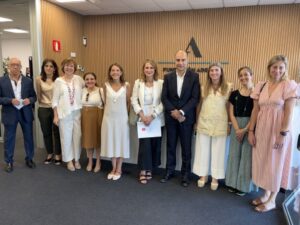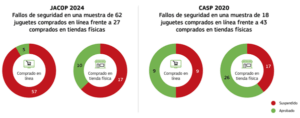In recent weeks, the tourism sector in Spain has shown remarkable resilience against the low temperatures typical of the winter season. In particular, the Catalan company HolaCamp, known for managing more than ten campsites across the country, has reported a significant increase in the influx of international tourists during the Constitution Day holiday, surpassing even local tourism.
According to data provided by HolaCamp, this year only 47.71% of visitors at their campsites were Spanish, a considerable decrease compared to 74.84% from the previous year. Alfonso Leprevost, CEO of the company, attributes this change to the growing competitiveness of Spain as an attractive destination for international tourists, even during national holidays.
The interest of European tourists has driven this trend, with French and Portuguese campers representing 32.18% of the bookings, a significant difference compared to last year when these two nationalities did not even reach 2% of the bookings. Germany, which previously led among international tourists, has dropped to third place with 6.45%, closely followed by the Netherlands with 6.11%. Leprevost states that this national diversification in the profile of visitors highlights the appeal of Spain as an ideal year-round destination, particularly in the camping sector that continues to gain popularity in European markets.
This increase in visitors is not only reflected in quantity, but also in the number of nights stayed. HolaCamp reports a 22% growth in overnight stays during the Constitution Day holiday compared to last year. Leprevost attributes some of this growth to the fact that December 6th fell on a Friday, creating an extended weekend that encouraged longer trips. The executive also notes that, in addition to traditional couples, there has been an increase in the formation of groups of more than four people, suggesting a diversification in the type of customer.
In terms of demographics, visitors aged 40-49 represent the largest group, with a 24.66% presence, followed by those aged 30-39 (18.88%) and 50-59 (17.05%). Leprevost assures that in 2024, a more balanced age distribution and an increase in group size can be observed, although the traditional profile of Spanish couples remains, now with an increasingly influential presence of international tourists.
Source: MiMub in Spanish











